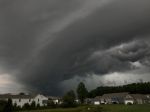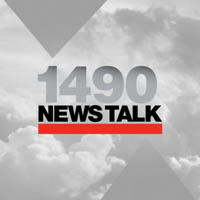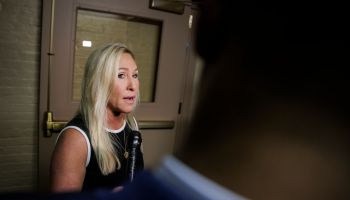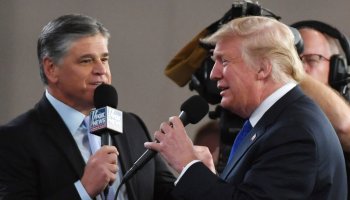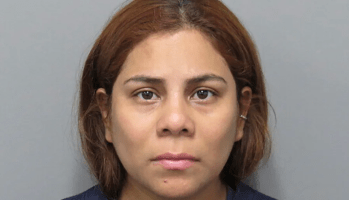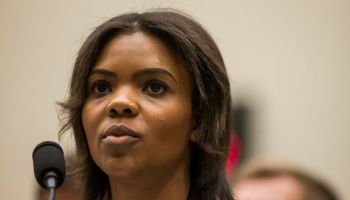In a lesson about Martin Luther King’s “I Have a Dream” speech, Mitchell’s first-grade teacher in Arizona asked students to list their dreams and she would write them on the chalkboard. Mitchell shared his dream that everybody would come to know God.
But his teacher told him to pick another dream: “We can’t talk about that here,” she said.
In a California classroom, an English teacher refused Kristen’s assigned personal essay on how she felt about recent brush fires because hers centered on a Bible verse. Also in California, school administrators prohibited a student government candidate from saying in her speech, “God is in control of this election.”
Dakota, a high school student in Fort Worth, Texas, was disciplined by his school for merely stating his religious beliefs about homosexuality during a class discussion on religious beliefs.
These students were each within their First Amendment constitutional rights to religious expression. But after Supreme Court rulings in the 1960s that stopped required daily Bible reading in public schools and teacher-led prayer each morning, and after decades of attacks from secularist organizations, public perception has erroneously shifted to the belief that faith and the Bible are no longer welcome in the classroom.
Confused about legal boundaries, teachers too often err on the side of banning religious expression in their classrooms, while secularists promote freedom from religion, rather than freedom of religion. Today, few American students, parents or school staff know their religious liberties at school. Some public schools in the United States can be almost as hostile to religious expression as some foreign nations, where people of faith are actively thwarted from expressing their beliefs.
Source: BlackChristianNews
Most Views
- The Top 10 Most Influential Black Ministers
- Erica And Warryn Campbell Prepare For New Baby Girl “ZAYA MONIQUE”
- Eddie Long’s Back in the Pulpit!
- What Was Oprah’s Gift to Jay-Z and Beyonce’s Baby…
- Lennox Hill Hospital Sets The Record Straight On Beyonce Birth
- Video: Oprah’s Next Chapter’ with Joel Osteen Sets OWN Record
- Beyonce & Jay-Z Make Official Statement Of baby Blue
- Hundreds Show Up As Gospel Star Marvin Sapp Auditions Backup Singers In Grand Rapids
- Air Dates And Times Announced For 2012 Stellar Awards
- T.D. Jakes Says Church Can’t Rely On Vision Alone






